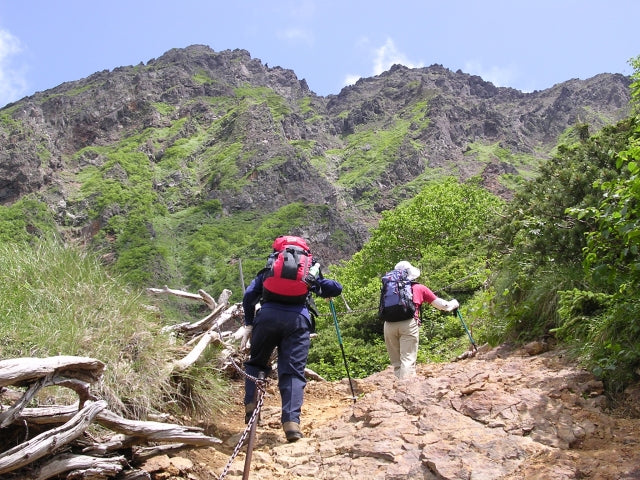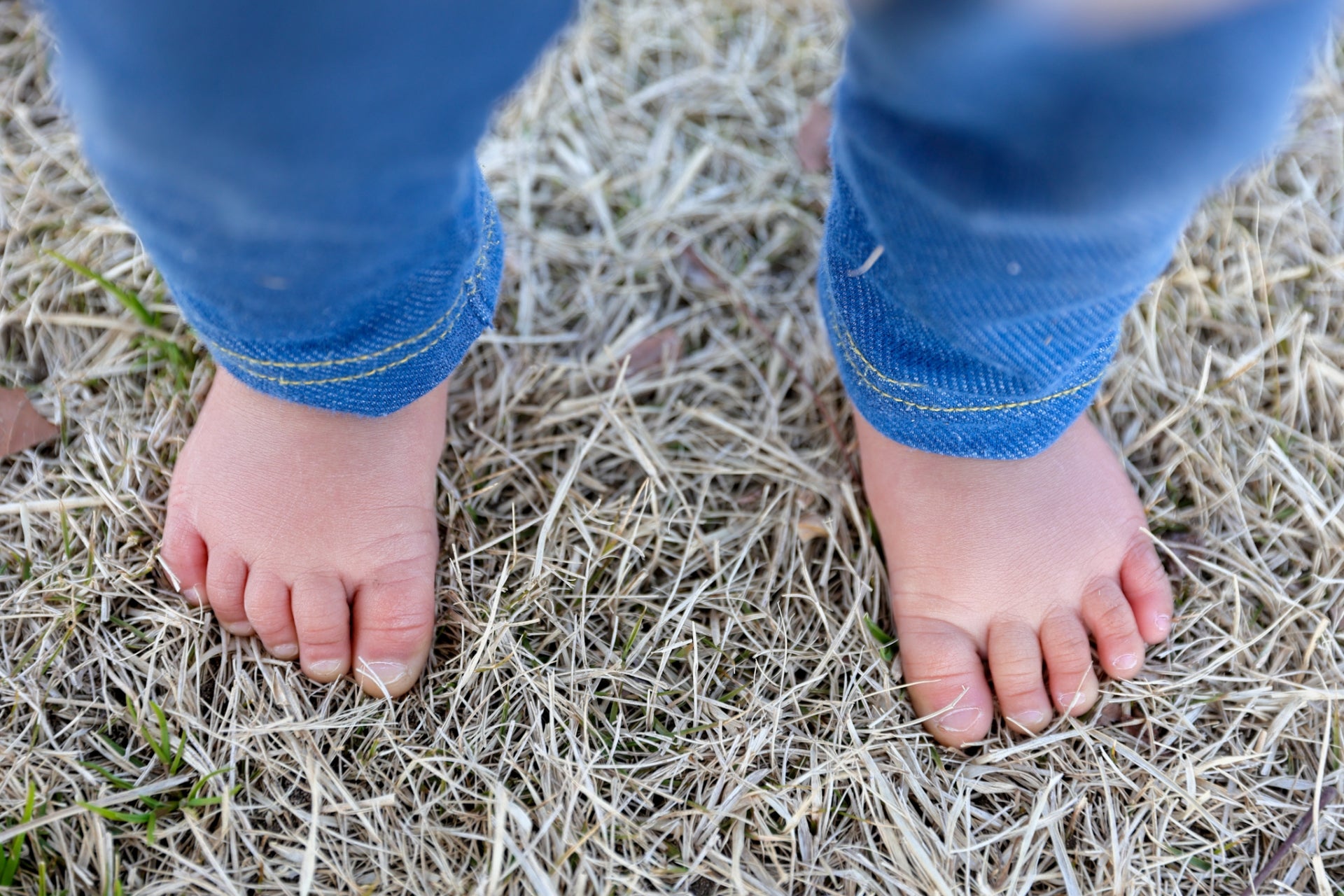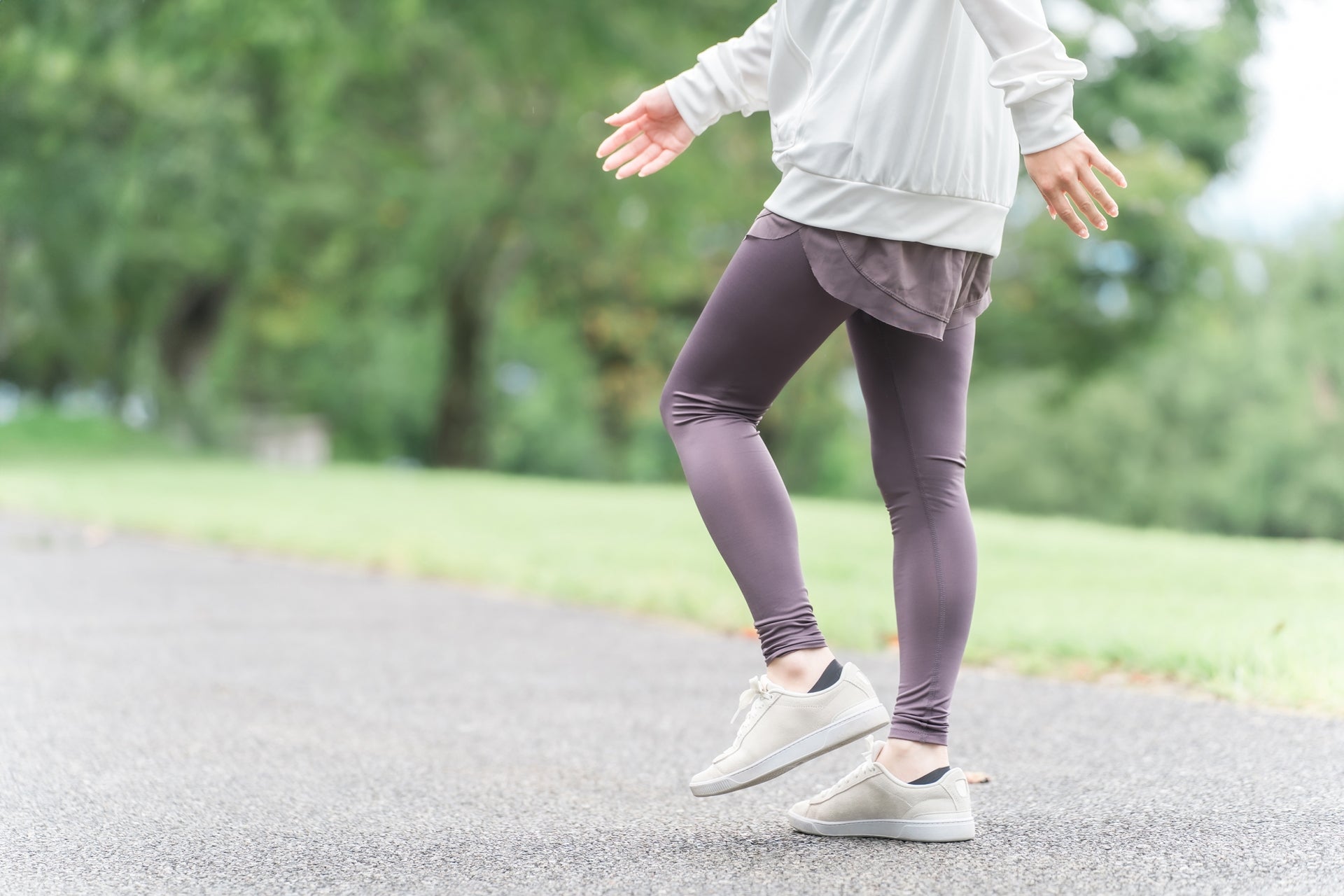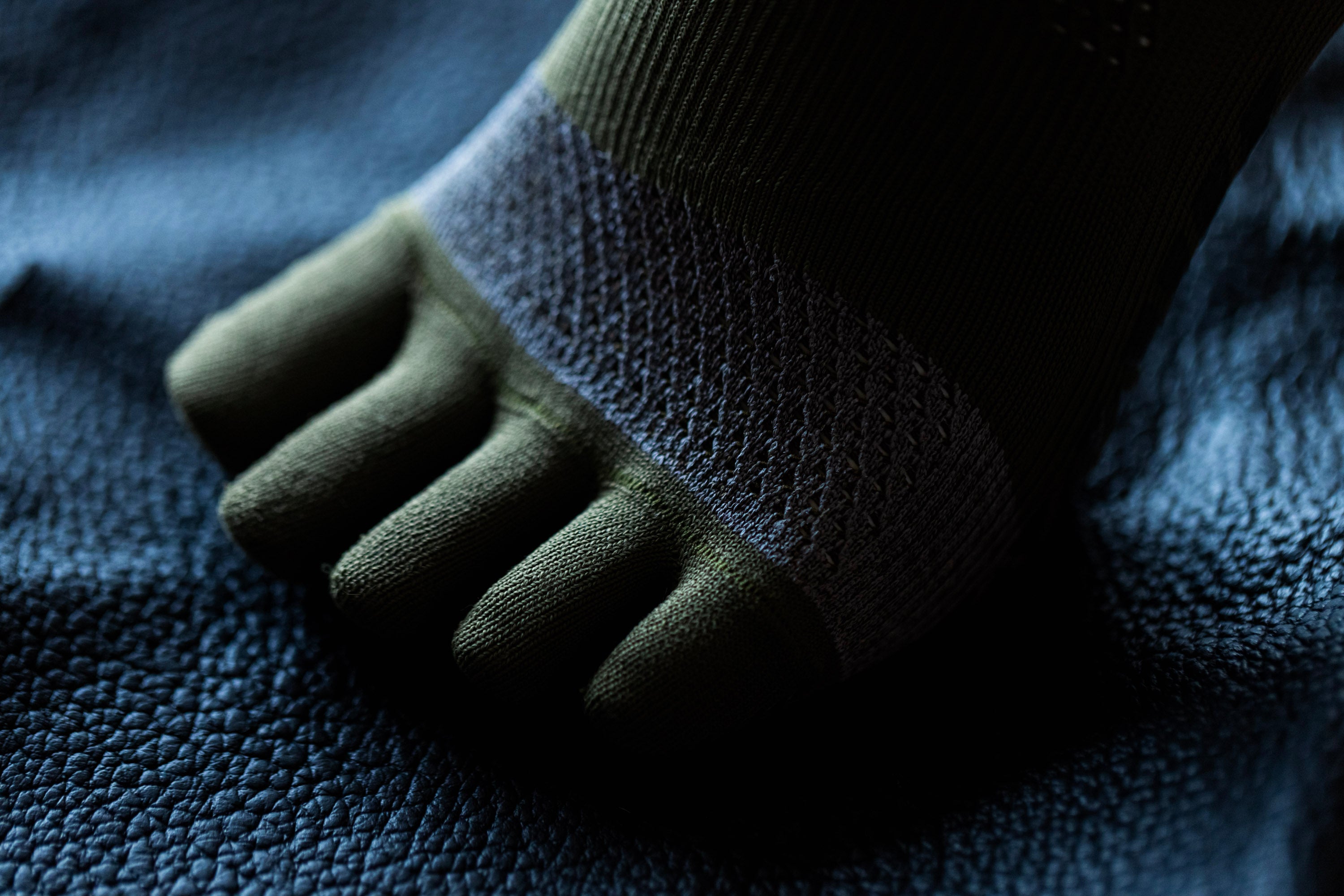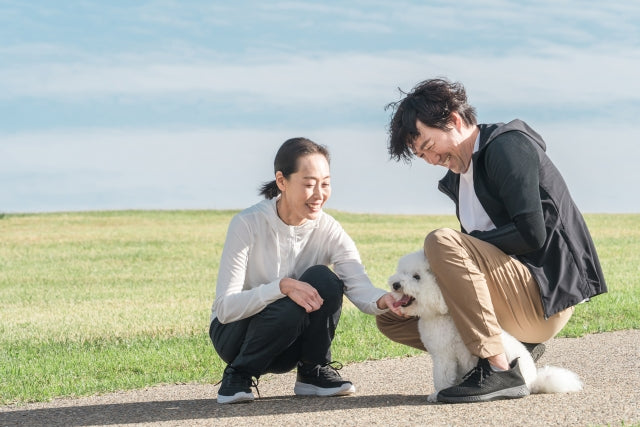【table of contents】
1. Is it true that "coldness is the root cause of all diseases"?
2. The mechanism that controls body temperature from the feet
3. Complete guide to choosing winter socks
4. Is layering effective? Or is it just a myth?
1. Is it true that "coldness is the root cause of all diseases"?
In winter, we often hear the phrase "coldness is the root of all diseases." This is not just a superstition; both modern medicine and traditional Chinese medicine have clearly established that coldness can trigger poor health.
One thing to pay particular attention to is cold feet. The feet are the furthest from the heart, making them prone to stagnation of blood flow. Furthermore, because they have little subcutaneous fat, it is difficult for them to maintain body temperature, making them prone to getting cold.
When your feet get cold, your body constricts your capillaries to prevent heat loss, further reducing blood flow, which can lead to the following symptoms:
- Weakened immunity (more susceptible to catching colds)
● Decreased internal organ function (cold stomach and intestines, resulting in constipation and loss of appetite)
● Disturbances in the autonomic nervous system (insomnia and headaches)
Mental instability (irritability due to cold)
You might think that it's just cold feet, but it can actually cause your entire body to lose balance .
2. The mechanism that controls body temperature from the feet
There is data that suggests that approximately 30% of body heat is lost through the soles of the feet , making the feet a "gateway for heat." In particular, the soles of the feet are home to many vascular structures called arteriovenous anastomoses (AVAs), which regulate body temperature by opening and closing.
When you feel cold, this AVA closes to prevent heat from escaping from the body. However, in people with cold extremities or autonomic nervous system disorders, this adjustment does not work well, and the feet become cold and do not return to normal.
In such cases, physically keeping your feet warm and protecting them from the cold prevents excessive closure of the AVAs, making it easier to control your entire body's temperature.
In other words, wearing the right socks not only keeps your feet warm, but is also an important way to keep your body's thermostat functioning properly .
3. The Complete Guide to Choosing Winter Socks

When choosing winter socks, it is important to find a balance between warmth, moisture absorption, fit, and breathability . Below are the characteristics of the most common materials:
■ Merino wool

High-quality wool , extremely fine and soft
Excellent moisture absorption and heat retention, making it comfortable and less stuffy.
● Highly effective in antibacterial and deodorizing, ideal for long-term use
■ Alpaca

It is said to have 1.5 times the heat retention of wool .
Smooth to the touch and high thermal insulation
● It is a little pricey, but it is especially recommended for cold regions.
■ Thick cotton + fleece lining

Comfortable to the touch and affordable price
Highly absorbent, but difficult to dry when wet and prone to cooling
● Excellent as an inner layer when worn in combination with other layers
■ Silk (for innerwear)

Excellent moisture absorption and release properties, gentle on the skin
Ideal as the first layer when layering
4. Is layering effective or just a myth?
It is often said that "wearing multiple pairs of socks is effective in preventing cold," but while this is effective if done correctly , it can have the opposite effect if done incorrectly.
The right layering:
1st layer: Breathable material such as silk (to absorb sweat)
● Second layer: Heat-retaining material such as wool (blocks outside air)
In this way, by following the two steps of moisture absorption and insulation , you can control the humidity at your feet while trapping heat.
On the other hand, if you wear two pairs of 100% cotton socks, they will absorb sweat and trap moisture, which may actually make you feel colder .
Also, wearing too many layers of socks can restrict blood flow, so it's important to find a balance between comfortable warmth and promoting blood flow .
💡Plus One Tip: Exercise While Doing Other Things to Warm Your Feet
One of the causes of cold feet is stagnant blood flow. In addition to warming your feet with socks, light exercise can also be effective in promoting blood flow. Here's a simple method that requires no equipment and can be done while sitting in a chair.
Ankle rotation Sit on a chair, lift one leg slightly, and rotate your ankle in a large circle 10 times. This is effective in promoting blood flow and increasing joint flexibility.

Raise and lower your heels slowly while standing. This stimulates the calf muscles (your second heart) and improves blood flow.

● You can do this exercise even while wearing the toe-opening exercise socks. By opening and closing your toes, you can improve blood circulation in your extremities and make it easier to feel a gentle warmth.


If you do it in your spare time, you can expect not only to prevent colds but also to have a refreshing effect.
5. Summary: Keeping your feet warm means keeping yourself in shape
In winter, the cold causes us to unconsciously hunch our bodies, our breathing becomes shallower, and we become more easily tired.
At times like these, reconsidering the comfort of your feet is the first step to improving your mind and body .
A single pair of socks can help protect your body temperature, regulate blood flow, and keep you warm.
Choosing a pair of shoes that suits your body's needs, rather than just choosing based on price, may be the quickest way to improve your daily condition.
"The cold starts from the feet, but the warmth also starts from the feet."
This winter, why not find a partner to warmly support you every step of the way?



